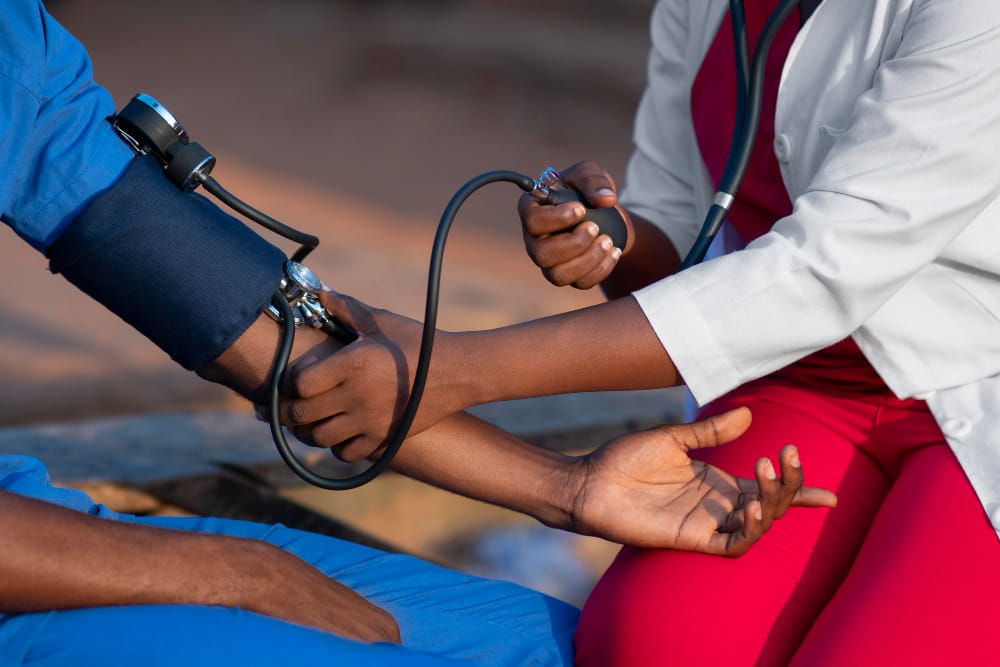
About Course
Existing inequities have been widely acknowledged as barriers to achieving global and national goals and targets in HIV, tuberculosis (TB) and malaria programmes. Monitoring inequalities in these three diseases provides insight into how they are experienced across population subgroups and who is being left behind. This course introduces the general steps of inequality monitoring in the context of HIV, TB and malaria, which should be an integral part of country programmes.
Equity is essential to the Sustainable Development Goal principle of ‘leaving no one behind’, as well as central to the WHO GPW13 objective of ‘serving the vulnerable’.
Accelerating prevention and control efforts among disadvantaged populations who are most at risk is integral to ending the epidemics of AIDS, TB and malaria. Accordingly, equity is also a focus of global strategies for each disease (including the UNAIDS Global AIDS Strategy 2021-2026, the WHO End TB Strategy, the WHO Global Technical Strategy for Malaria 2016-2030, and the Global Fund 2023-2028 Strategy Framework).
Monitoring inequalities in HIV, TB and malaria is an important part of efforts to promote equity. It provides insight into how the diseases are experienced across population subgroups. The results of inequality monitoring can guide the development of subsequent in-depth studies to understand the sources and drivers of health inequalities, and help to inform equity-oriented responses where warranted.
This course examines the five general steps of inequality monitoring in the context of HIV, TB and malaria programmes. The target audience is primarily monitoring and evaluation officers for HIV, TB and malaria programmes and people who have basic knowledge and experience working with HIV, TB and malaria data.
Learning objectives: By the end of this course, learners should be able to:
- summarise the five steps of inequality monitoring in HIV, TB and malaria;
- describe how to determine the purpose and scope of monitoring;
- describe how to obtain data for inequality monitoring;
- describe basic analytical methods to analyse inequality data;
- apply good practices in reporting the state of inequality in HIV, TB and malaria to the target audience;
- describe the process of knowledge translation, or promoting the use of data to inform equitable programmes and policies.
Course duration: Approximately 2 hours.
Certificates: A Record of Achievement will be available to participants who score at least 80% of the total points available in the final assessment. Participants who receive a Record of Achievement can also download an Open Badge for this course. Click here to learn how.
Course Content
Module 0: Career Development
-
Career Assessment
00:00
Module 1: Intro to Course
Module 2: Course Assessment
Module 3: Certification and Ranking
Student Ratings & Reviews



